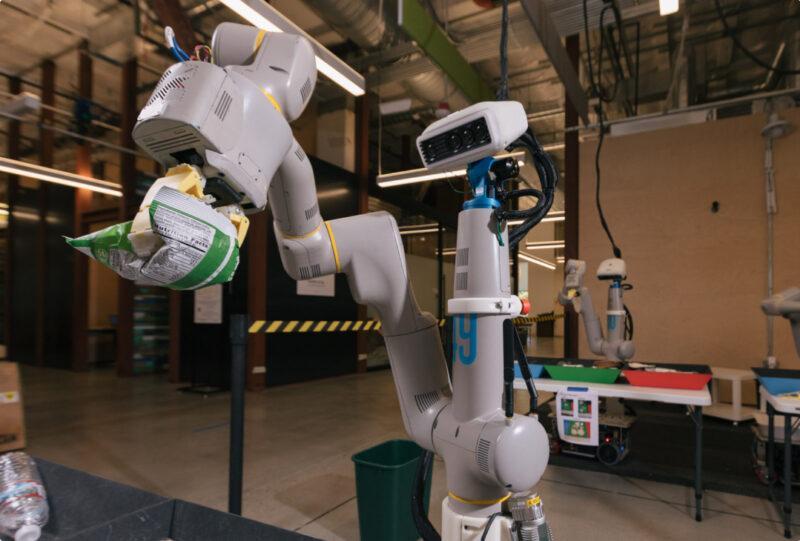In the world of technology, robots have always fascinated us. They are designed to perform a variety of tasks, from manufacturing to healthcare. However, not every robot project ends up being a success. Alphabet, the parent company of Google, has recently shut down another robot project, and people are wondering what went wrong.
The robot project in question was called “Schaft,” which was a startup company that Alphabet had acquired in 2013. The goal of the project was to develop a humanoid robot that could be used in disaster zones, such as earthquakes and tsunamis, to assist in rescue operations.
However, the project faced a lot of obstacles along the way. One of the major issues was the cost of development. Building a humanoid robot is a complex and expensive process, and the company was struggling to find investors who were willing to fund the project. This led to a lack of resources and delays in development.
Another challenge was the technical aspect of the project. The robot was designed to be highly mobile and agile, which required a lot of advanced engineering. The team faced difficulty in creating a robot that could balance itself and move around without falling over. Additionally, the robot’s size and weight posed a problem in terms of transport and deployment.
Furthermore, the market for the product was limited. While the robot was designed for disaster relief, the demand for such a product was not high enough to justify the cost of development. This led to a lack of interest from potential customers and a limited market size.
In the end, Alphabet decided to shut down the project, citing a lack of commercial viability. The decision was not an easy one, and it was a disappointment to the team who had worked hard on the project. However, it was a necessary step to take, as Alphabet needed to focus on projects that had a better chance of success.
In conclusion, the Schaft project was an ambitious endeavor that faced numerous challenges along the way. The cost of development, technical difficulties, and limited market size ultimately led to the project’s demise. It is a reminder that not every project can be successful, and sometimes, difficult decisions need to be made.






